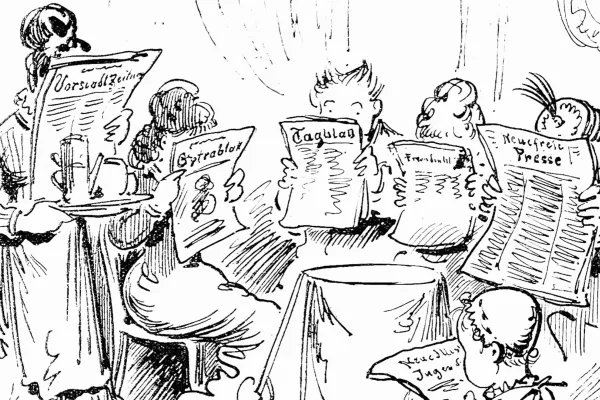 Details
Details

Noam Korin
Vice President of Brand Partnerships at Playbuzz
London, UK
Connect
The basic notion of native advertising is to create an experience that fits naturally with the environment in which it appears and brings value to the readers or viewers.
However, unlike editorial content, branded content is meant to serve a commercial purpose such as lifting brand metrics and eventually generating business. But how do you stay within the native framework, while inserting a clear enough call to action (CTA)?
Here are a few suggestions to consider in order to trigger consumers to act on their interacting with a branded piece of content.
1. Don't forget the CTA
The first -- and quite common mistake -- is to forego a CTA altogether, and let the branded piece of content speak for itself. The idea being to create content that will establish your position as a thought leader in your field and allow the rest to happen on its own, while protecting your brand’s credibility.
This does not necessarily happen. My suggestion is to include subtle branding in order to increase brand recognition and maintaining transparency, as well as including an appropriate CTA. By tracking the users responding to your CTA, you can gather valuable insights on potential consumers. In addition, CTA can and should be followed by retargeting efforts to help hook potential consumers to your product or service.
2. Keep it simple
A good piece of branded content can help lead consumers a long way in the decision-making process leaving brands with the rather easy task of including a simple and very short CTA, that invites them to move forward in the funnel by visiting a dedicated page for instance.
Related: The DNA of Native Advertising Success in 2017
This approach works best when the branded content in question is not the first piece of branded content readers consume. Consider using content recommendation for this purpose as part of your native advertising efforts.
3. Interact
Interactive formats allow you to start a dialogue with users by asking questions and letting them voice their opinion or preference. Another advantage to interactive content is that it works well with CTAs. For example, an item entitled: “Which car would be perfect for your family?” may display results that indicate certain brands as the proper solution for a specific audience segment.
This approach allows you to retarget in a much smarter way, as you can target only readers with a relevant result to check out your brand or tailor the CTA to different target groups.
Instead of including a clear CTA, increase purchasing intent through indirect content, providing users with a subtle notion of what you would like them to do.
Another great example would be that of a bank offering users an interactive piece of content in order to help consumers determine whether or not they should switch banks based on their assets and needs. The piece could start with a macro approach by asking users if they are happy with their current banking experience, and then transition into micro questions such as: “Do you prefer mobile or in-person banking?,” showcasing the brand’s values and advantages in a subtle manner.
Related: 11 Essential Guidelines for Premium Publishers Doing Native Advertising
4. Remember SEO
The goal of native advertising should be to get readers intrigued enough to search for your brand or product after interaction. It's therefore wise to invest in your search marketing efforts so you don't risk generating great leads for whichever competitor that landed the first result on Google.
Native advertising gives brands great tools for reaching out to their consumers, while providing them with real value. Including a powerful CTA in branded content doesn’t come easy to everybody and it’s a delicate dance to promote a brand without being too straightforward. Hopefully, these four methods will not only give you more options, but also help reassure that good content can directly assist in generating more business.
Want more? Sign up for the Native Advertising Institute Newsletter and get insights from the people who live and breath native advertising.
Photo credit: freestocks.org/Unsplash


